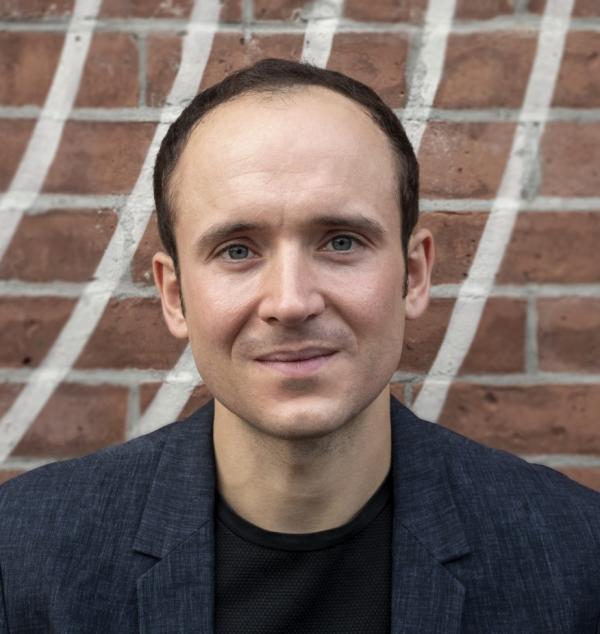UTSOA Alum John Paul Rysavy Wins Prestigious Harvard Fellowship

John Paul Rysavy (MArch, 2011) has been selected to receive one of the six awards for the 2019 cycle of the Richard Rogers Fellowship Program of the Harvard Graduate School of Design for his proposal, "A Brick is a Brick: Material and its Image in Postwar London."
Inspired by Lord Richard Rogers’ “commitment to cross-disciplinary investigation and engagement,” the Fellowship was established to support individuals “whose research will be enhanced by access to London’s extraordinary institutions, libraries, practices, professionals, and other unique resources.” The 2019 winners were chosen from a pool of more than 140 applicants hailing from around the world. As in previous years, the fellowship allows the winners to spend a three-and-a-half month residency at the Rogers' Wimbledon House in London. The recipients also receive funding to cover their travel to London and $100,000 cash.
John Paul Rysavy is an architect and Senior Associate at SHoP Architects in New York City where he has overseen work on the Botswana Innovation Hub, Uber Headquarters, Wave/Cave Pavilion, and US Embassy in Tegucigalpa. He has been a collaborator with Jenna Dezinski in the design and research practice And-Either-Or and worked previously with Will Bruder, Brian MacKay-Lyons, and David Heymann. He has been a Visiting Scholar at the American Academy in Rome and the Charles Moore Foundation. Rysavy received a Master of Architecture from the University of Texas at Austin following study at the University of Illinois at Urbana-Champaign. He is a recipient of the Stewardson Keefe LeBrun Grant from the Center for Architecture Foundation and the Francis J. Plym Fellowship from the Illinois School of Architecture. He taught previously at The University of Texas at Austin.
While in London, Rysavy will explore cultures of brick construction associated with late modern and postmodern practice. Through writing and photogrammetry, research expands from a larger study investigating technical and rhetorical applications of brick following the introduction of the cavity wall in Western Europe. The project traces antecedent models of material representation as an image and graphic in contemporary architectural production.
---
Read the full Architect Magazine article.
More about the Richard Rogers Fellowship program.

